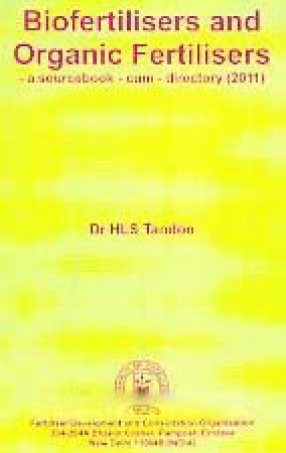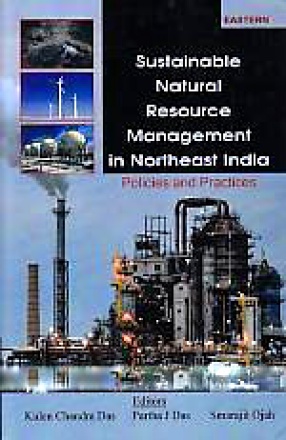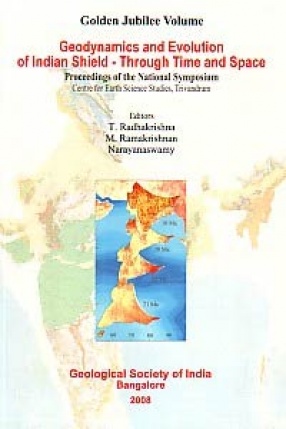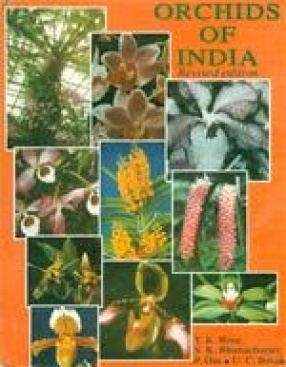Oilseeds represent the second largest agricultural produce in India, after foodgrains. Oilseeds are grown in 23 million ha. but due to low yields, the country is deficit in edible oils and incurs heavy expenditure on their import. Research has shown that the production of oilseeds can at least be doubled by adopting improved crop production technologies now available. Fertiliser is a key component of these improved practices for oilseeds and is meant to ensure that the crop receives an adequate supply of N,P,K,S and the needed micronutrients for producing high yields. Steps-in-technology trials have shown that 18-73% of the yield increase brought about by the package of improved practices could be attributed to the fertiliser component of the package. On the whole fertiliser usage on oilseeds is both low and unbalanced. The time is ripe for large scale popularisation of fertilisers among oilseed growers, particularly in view of the encouraging research findings. Recent sharp increases in the price of phosphate and potash will however make their use comparatively less remunerative than was the case earlier. Part of this loss can be made up by increase in crop prices and part by increasing fertiliser-use efficiency. The extension workers, farm advisors and trainers have a vital role in popularising scientific fertiliser use in oilseed farming. The first edition of this guidebook met with an excellent reader response. This necessitated bringing out the 2nd edition within a short span of 3 years. This edition updates the various statistics and also the economic aspects have been revised in view of major changes in fertiliser prices which took place in August 1993.

Fertiliser Recommendations for Oilseed Crops: A Guide Book
In stock
Free & Quick Delivery Worldwide
reviews
Bibliographic information
Title
Fertiliser Recommendations for Oilseed Crops: A Guide Book
Author
Edition
1st ed.
Publisher
Length
95p., Tables.
Subjects







There are no reviews yet.